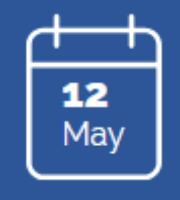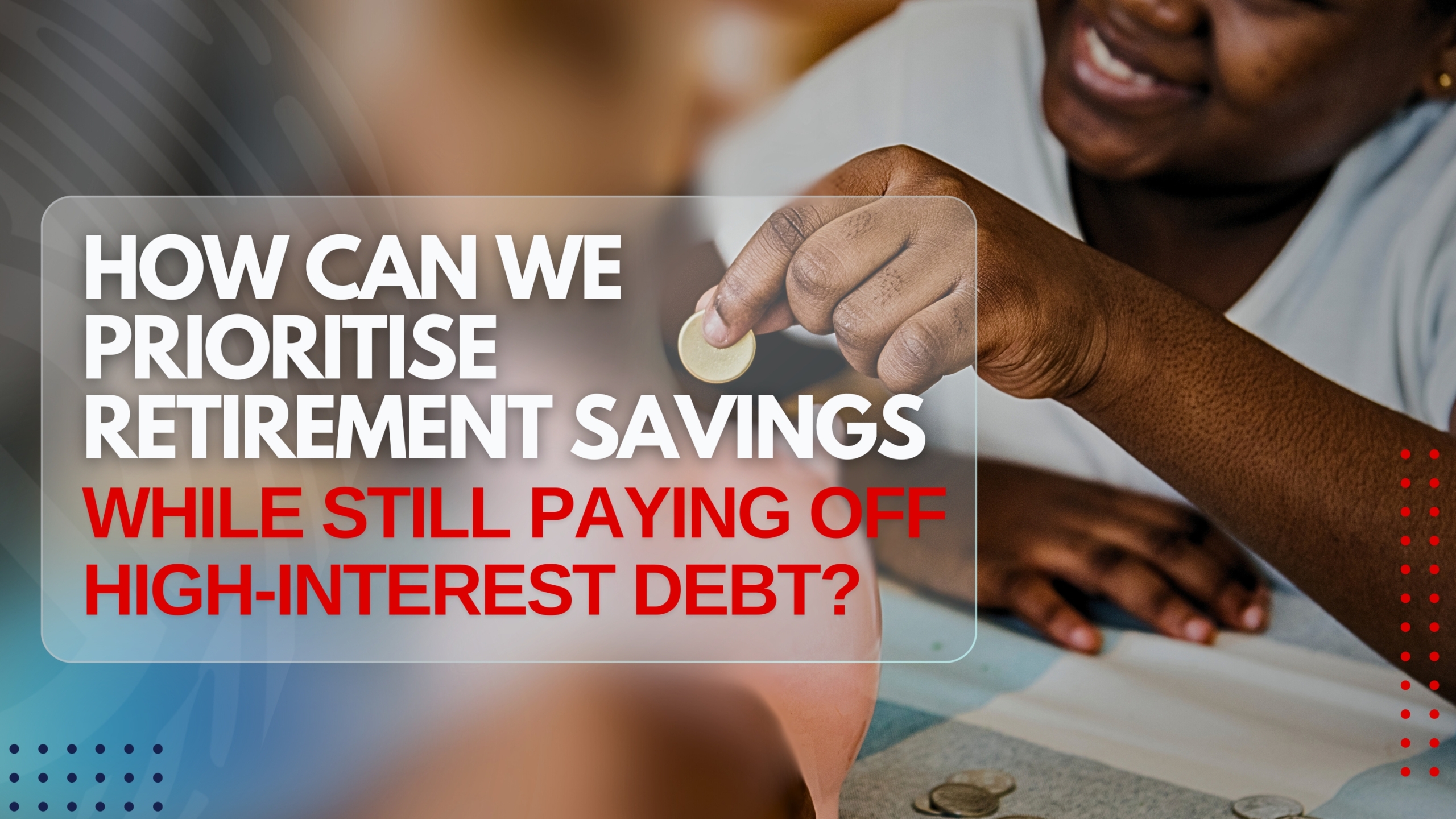When managing your finances, one of the biggest challenges can be deciding between paying off high-interest debt and saving for retirement. Both goals are crucial, but when your resources are limited, how do you prioritize? This dilemma is common, especially for those navigating the complexities of personal finance. In this article, we’ll explore how to strike the right balance between reducing debt and securing your future through retirement savings.
Understanding the Impact of High-Interest Debt
High-interest debt, such as credit card balances or personal loans, can be a significant financial burden. The interest on these debts accumulates quickly, often at a rate much higher than typical investment returns. This makes paying down such debt a priority since it can snowball if left unchecked, making it harder to achieve long-term financial goals, including retirement.
Why You Shouldn’t Neglect Retirement Savings
While paying off debt is important, completely ignoring retirement savings can also be detrimental. Retirement funds benefit from compound interest—the longer your money is invested, the more it grows. Starting your retirement savings early, even with a modest contribution, can lead to significant growth over time. The key is finding a way to contribute to both your debt repayment and your retirement savings.
A Balanced Approach: Managing Both Debt and Savings
So, how can you manage both? Here’s a balanced strategy that can help:
- Prioritize High-Interest Debt: Begin by allocating a larger portion of your income toward paying off high-interest debt. This reduces the amount you’ll pay in interest over time and frees up more of your income for future savings.
- Make Consistent Retirement Contributions: Even while focusing on debt repayment, try to contribute a smaller, steady amount to your retirement savings. This ensures that your retirement fund continues to grow, taking advantage of compound interest.
- Reevaluate and Adjust: Once your high-interest debt is under control, reassess your financial situation. You can then increase your retirement contributions, boosting your savings as you approach retirement.
Why This Strategy Works
This approach allows you to tackle immediate financial pressures without sacrificing your future. By addressing high-interest debt first, you prevent it from spiralling out of control. Simultaneously, maintaining regular retirement contributions ensures that you’re still working toward your long-term financial goals.
Final Thoughts
Balancing high-interest debt with retirement savings requires careful planning and discipline. However, with the right strategy, it’s possible to achieve both. By prioritizing your debt while making consistent retirement contributions, you set yourself up for financial freedom in the present and security in the future.
If you’re feeling overwhelmed by your financial situation, remember that professional advice can make a big difference. At propertyzz.com, we’re here to help you navigate these challenges and achieve your financial goals. Whether it’s planning for retirement or managing debt, we’re committed to guiding you every step of the way.






